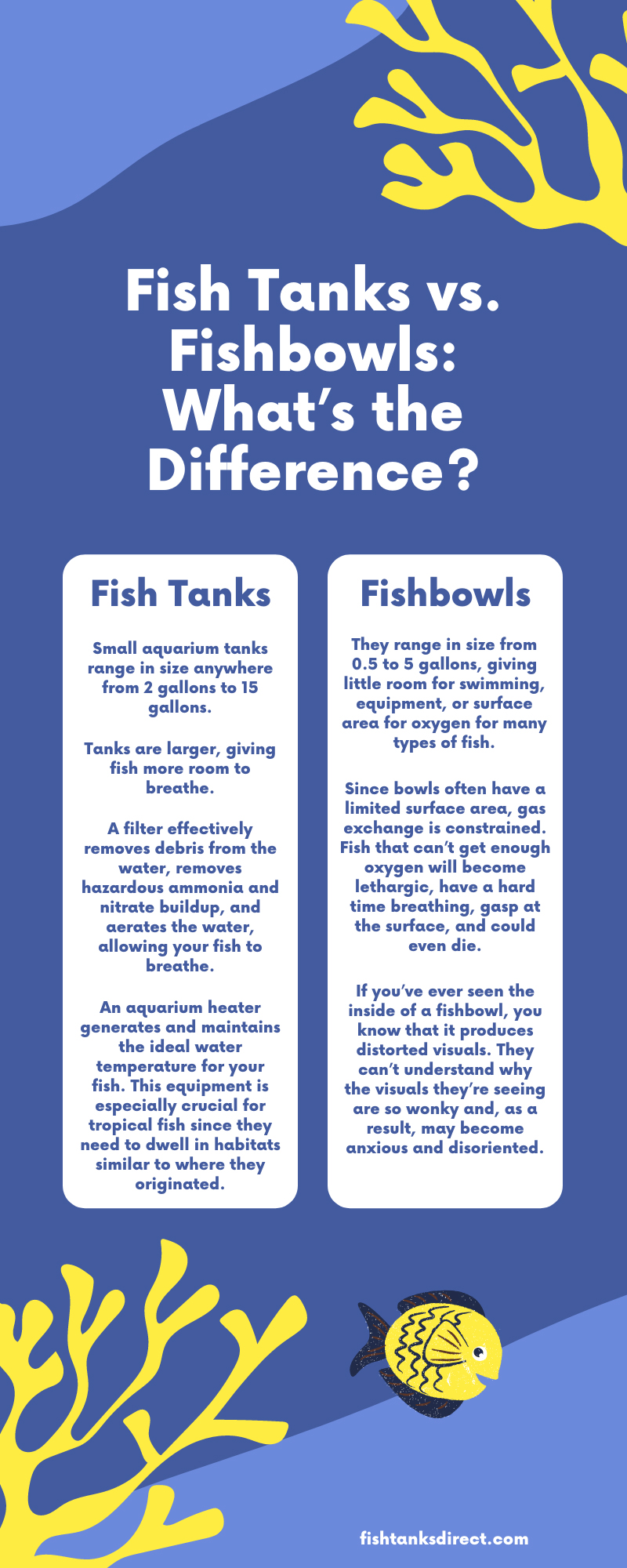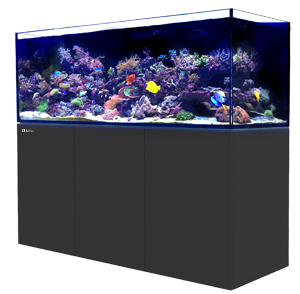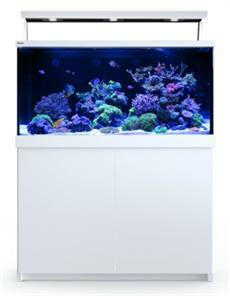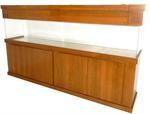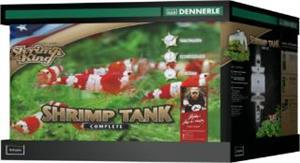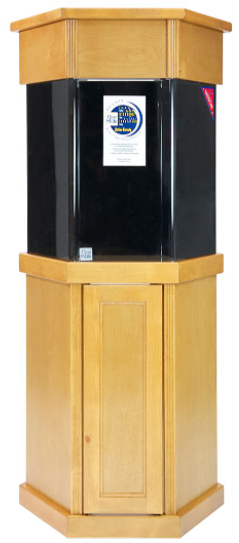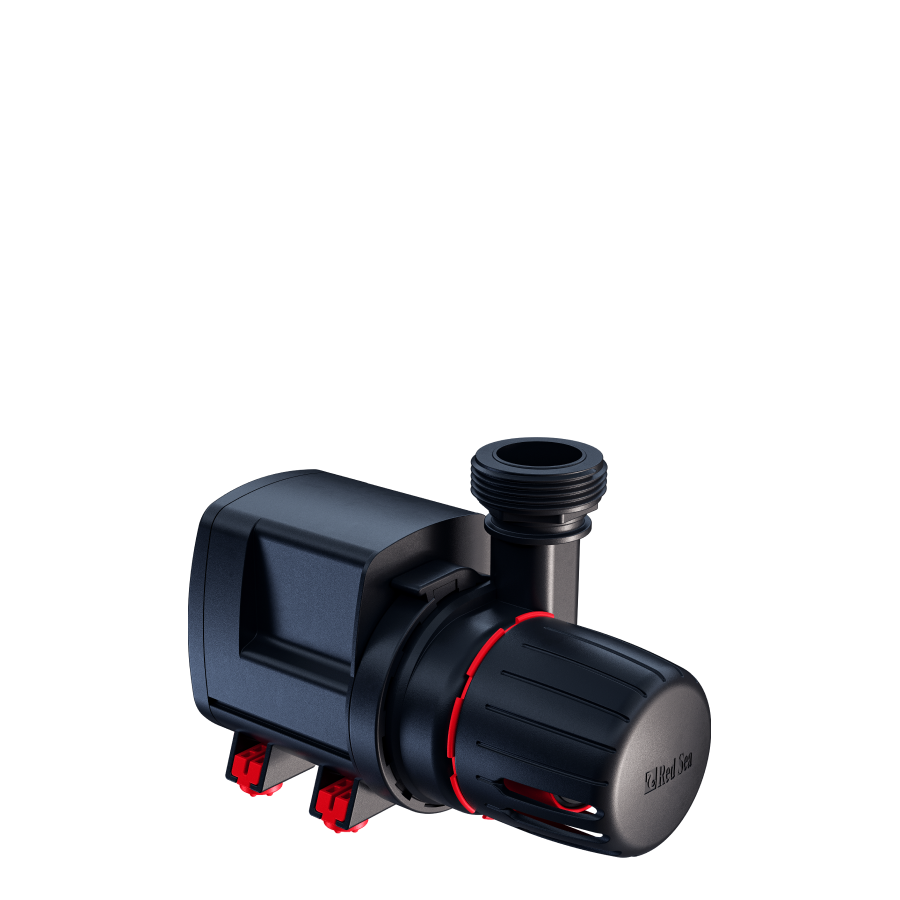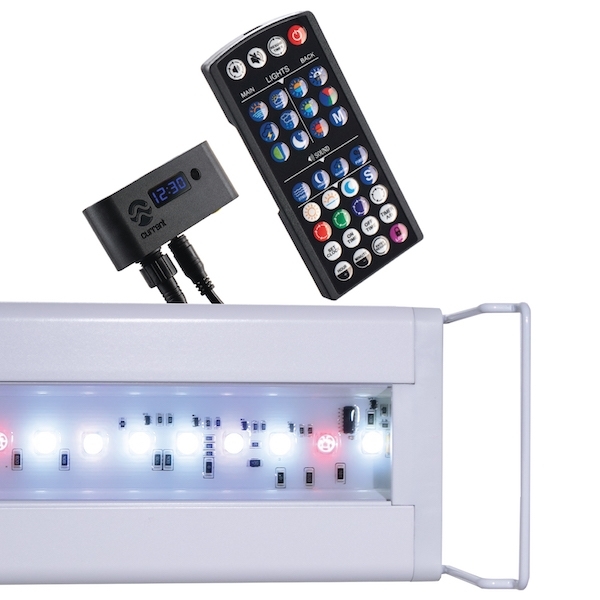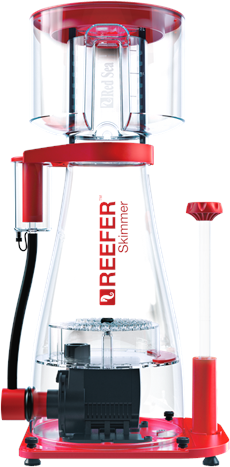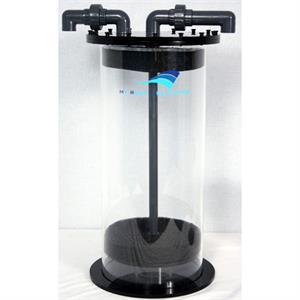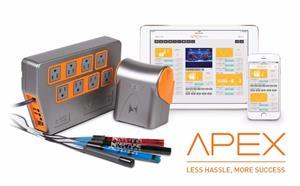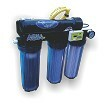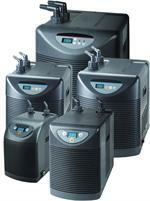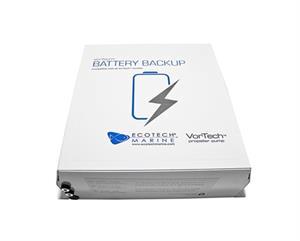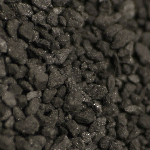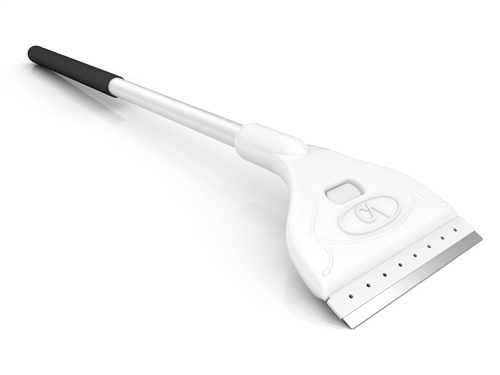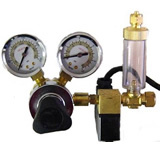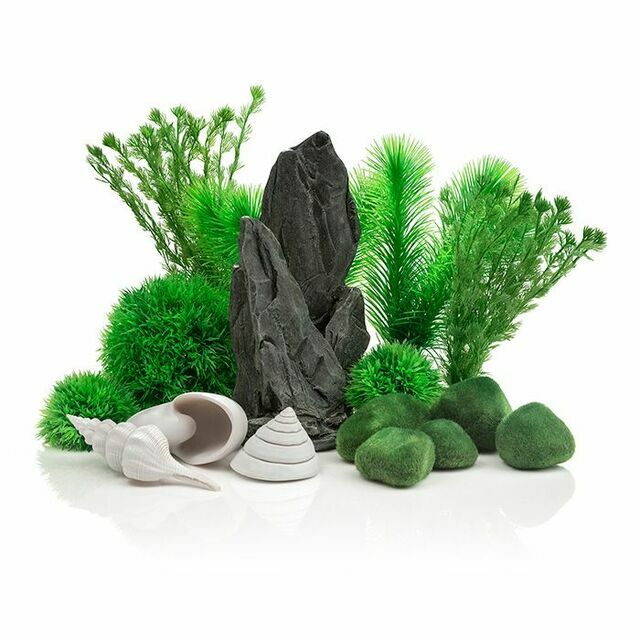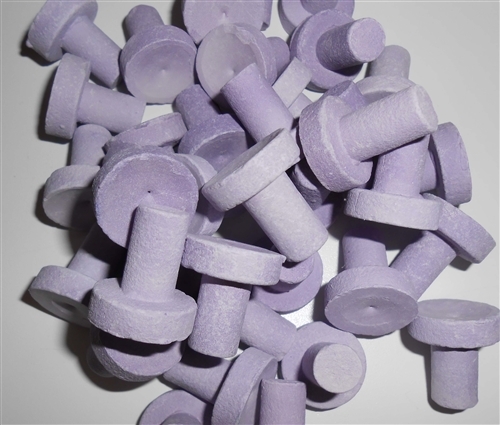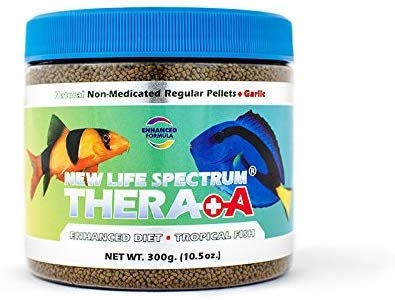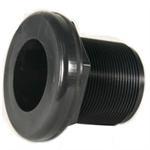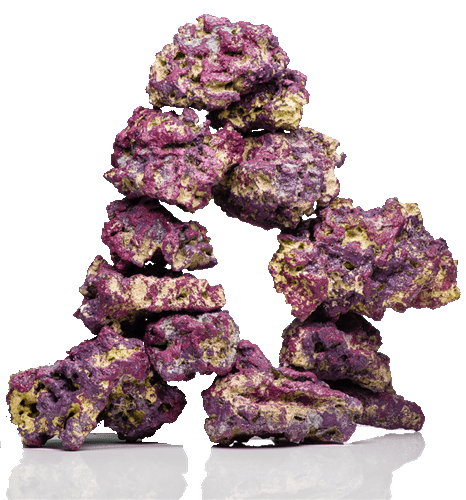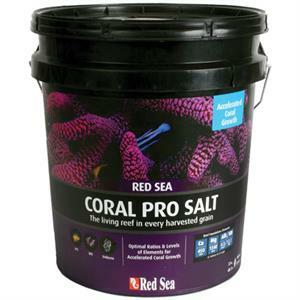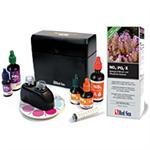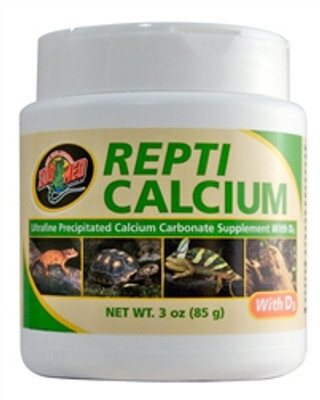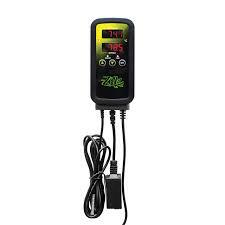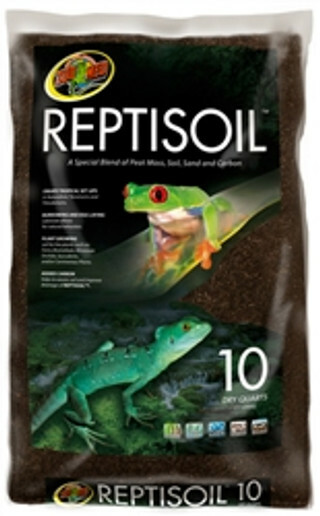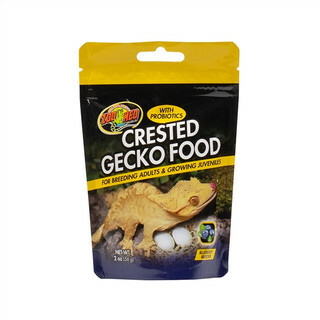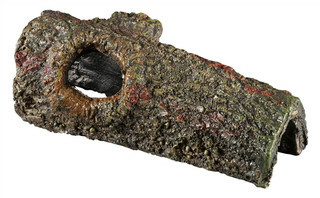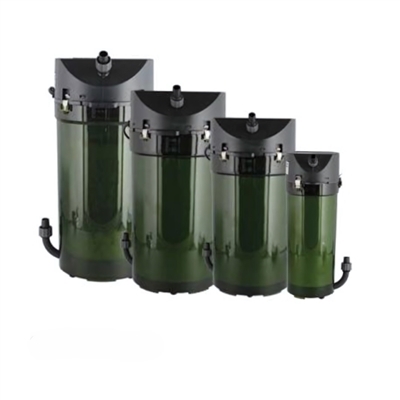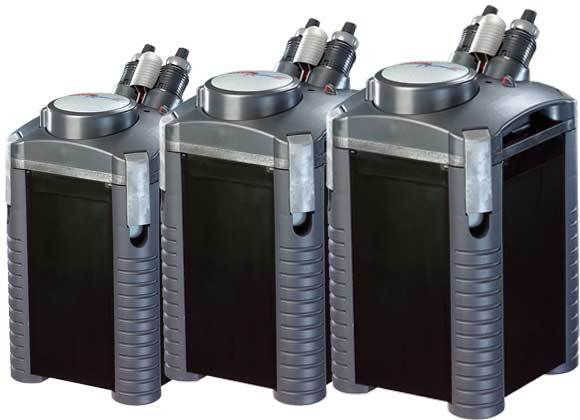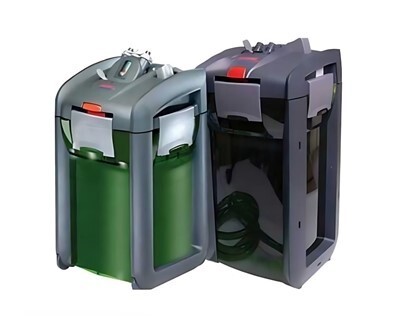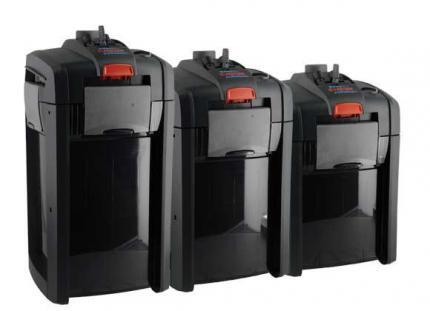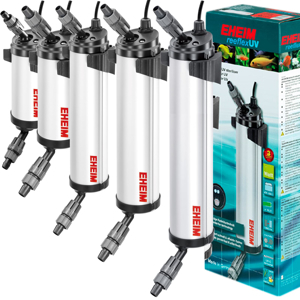Fish Tanks vs. Fishbowls: What’s the Difference?
Fish Tanks Direct on Mar 14th 2022
Do you remember the typical cartoon sight gag of a goldfish swimming around in a small bowl? In reality, you should never keep goldfish in a bowl since they can grow rather large. Instead, they should live in a fish tank.
This common misconception illustrates why it’s essential to understand the distinction between the two. What’s the difference between a fish tank and a fishbowl? Continue reading to find out more.
Big Disparity in Size
A fishbowl has strict restrictions on the kind of fish you can put in one. They range in size from 0.5 to 5 gallons, giving little room for swimming, equipment, or surface area for oxygen for many types of fish.
Fish tanks are typically more prominent at even the smaller ends. When it comes to fish tank sizes, the number of gallons is the most crucial factor to consider.
Small aquarium tanks range in size anywhere from 2 gallons to 15 gallons. Tank sizes for medium aquariums typically range from 20 gallons to 45 gallons. Large aquarium tanks can be as little as 50 gallons and as massive as 225 gallons (about the volume of a large refrigerator) or more.
Guppies Can Thrive in Small Bowls
You might wonder if any fish species can thrive in a bowl. While you should keep many species in a tank, some can survive in fishbowls, such as wild-type feeder guppies.
Each guppy needs at least one gallon of water, but it’s best to have at least a trio of them together in the same habitat because they become lonely. In most cases, a bowl of roughly four gallons is sufficient for them to flourish.
Levels of Oxygen
Believe it or not, fish need to breathe oxygen, but their oxygen comes from the water around them. However, since you can’t separate oxygen from hydrogen molecules (the building blocks of water), surface gas exchange is necessary.
The gas exchange entails replacing oxygen from the atmosphere with carbon dioxide at the surface. This continuous process supplies all the oxygen that a fish needs when the surface is big enough.
No Room To Breathe In Bowl
Since bowls often have a limited surface area, gas exchange is constrained. Fish that can’t get enough oxygen will become lethargic, have a hard time breathing, gasp at the surface, and could even die. Tanks are larger, giving fish more room to breathe.
How Do Fish Breathe on the Bottom of the Ocean?
If the surface exchange is so important, you may wonder how fish that live miles below can breathe. Oxygen reaches the ocean depths through contact with the surface directly from the atmosphere. The sinking and flow of water masses later transport oxygen to deeper levels.
Display View
If you’ve ever seen the inside of a fishbowl, you know that it produces distorted visuals. This can result in the fish inside seeming gigantic, tiny, or even a hazy lump. Worse, it will also warp the fish’s image. They can’t understand why the visuals they’re seeing are so wonky and, as a result, may become anxious and disoriented. As stress wears them down, this can lead to poor health and illness.
Tanks Have Complex Visuals
While the images you may see inside and outside of bowls are relatively limited, this isn’t the case with fish tanks. Aquariums come in diverse shapes and sizes, and the picture both you and the fish see is influenced by a range of variables.
For example, fish can usually see what’s going on outside the tank, depending on the outside lighting intensity. In addition, acrylic tanks give a less distorted perspective inside and out.
Scientific Explanation of the View
When you gaze out at a flat tank side, the refraction indices of the air, glass, and water determine a critical angle. As the fish travels, this angle will form a circle with the same apparent size and orientation.
From the far side of the plane of the tank glass, the fish would receive a fisheye picture of anything inside the room within this circle. The fish would perceive an ordinary reflection of the tank’s interior outside the circle.
Equipment and Accessories
Since most bowls are petite, you have limited options for decoration, critical equipment, and accessories. On the other hand, tanks give you more control over the environment inside with heaters, plants, filters, and other options. Many of these items are necessary for keeping your fish happy and healthy, which is why it’s critical to select a large enough tank for your particular fish.
Aquatic Plants
Plants and décor in a fish tank supply visual appeal and many health advantages to your fish. These benefits can include stimulation, making them more active, and providing them with comfortable areas to rest and hide. Living plants also offer the advantage of eliminating impurities from the water, such as ammonia and releasing oxygen.
Unfortunately, there’s extraordinarily little room inside bowls to house plants and, frankly, most decorations. It’s also essential to remember that the more plants and ornaments you place inside your bowl or tank, the more they take up valuable swimming space and reduce the water volume. This is less of a concern with larger tanks.
Filtration
A filter effectively removes debris from the water, removes hazardous ammonia and nitrate buildup, and aerates the water, allowing your fish to breathe. However, proper filtration is challenging to do inside a bowl. Most of the available components don’t fit inside a bowl, can’t attach to the outside, and detract from the overall appearance.
Heating
An aquarium heater generates and maintains the ideal water temperature for your fish. This equipment is especially crucial for tropical fish since they need to dwell in habitats similar to where they originated. Unfortunately, you can’t mount an aquarium heater to the contoured surface of a fishbowl, and they would take up too much valuable swimming space inside.
We hope this guide has helped you learn the difference between fish tanks and fishbowls. Bigger aquariums will always be the better choice, with a few exceptions. Fish Tanks Direct has a comprehensive selection of aquarium tanks for sale to give your fish the best home possible. Feel free to contact us with any questions about our products.
